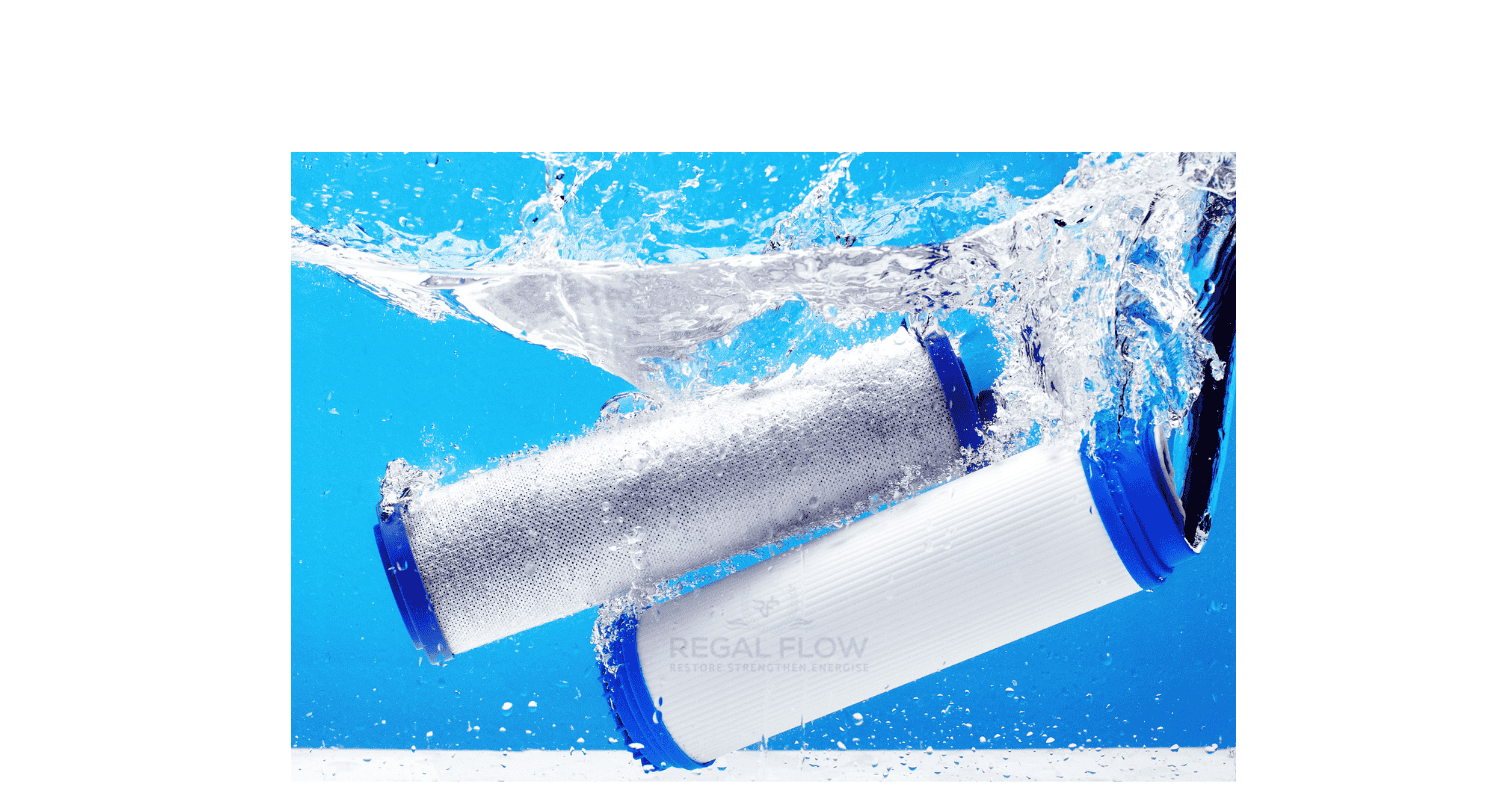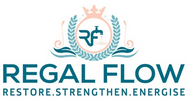
Are Reverse Osmosis Filters Interchangeable?
Ever wondered if you can mix and match filters for your reverse osmosis system? Short answer: not always! While some filters are interchangeable, it’s a delicate dance of matching specs. In Reverse Osmosis FAQs: Answers to Common Questions, we break down why compatibility matters—whether you're using a countertop dispenser or a full system—and how to make the right swap.
Understanding the Basics of Reverse Osmosis Filters
Before we explore why RO filters aren’t easily interchangeable, it's essential to understand the different stages of reverse osmosis filtration. After all, each filter serves a unique purpose and works in tandem with the others to provide you with the cleanest water possible.
The Different Stages of RO Filtration and Their Functions
Sediment Filters: Removing Particulates
The first stage in most RO systems is the sediment filter. It’s responsible for catching larger particles, such as dirt, sand, and rust. Without it, these particles could clog up the finer filters downstream, making your system less efficient. Think of it as the bouncer at the door, making sure only the essential stuff gets through.
Carbon Filters: Eliminating Chlorine and Odours
Next up is the carbon filter. It removes chlorine, volatile organic compounds (VOCs), and any lingering smells that might make your water taste like it's been through a chemical bath. These filters help to ensure that your water is not just safe but also pleasant to drink.
Reverse Osmosis Membrane: The Core Filtration Stage
Now, we come to the star of the show – the reverse osmosis membrane. This filter removes the most harmful contaminants, like heavy metals and bacteria, through a semi-permeable membrane. It’s the powerhouse of your system, using pressure to force water through a thin layer that captures these impurities.
Post-Carbon Filters: Enhancing Taste and Odour
Finally, after the water has passed through the RO membrane, the post-carbon filter does a final job of improving taste and odour. It polishes up the water, ensuring it’s fresh and crisp for your drinking pleasure.
Standard vs. Proprietary RO Filter Sizes and Connections
Not all RO filters are created equal, and there are significant differences in sizes and connection types. Some systems use standard filter sizes, while others require proprietary filters designed specifically for that brand. Getting the wrong size or connection can lead to poor filtration or system malfunction, so it's crucial to check compatibility.
The Short Answer: Generally, No, RO Filters Are Not Directly Interchangeable
It’s true that not all RO filters can be swapped between different systems. Here's why.
Variations in Size and Dimensions
Filters come in different sizes, with variations in length, diameter, and thickness. A filter that fits one model may be too large or too small for another, even if the systems seem similar. Getting the right dimensions is key to ensuring proper installation and performance.
Different Connection Types and Threading
The connection type is another crucial factor. Some systems use threaded connectors, others use push-fit connectors, and some may have bayonet-style fittings. Mixing up connection types can prevent your filter from securely attaching, causing leaks or affecting water flow.
Specific Flow Rate Requirements for Different Membranes
Each reverse osmosis membrane is designed to handle a specific flow rate, typically measured in gallons per day (GPD). Using a filter with a different flow rate can result in lower filtration efficiency, or even damage the system if the wrong filter is used.
Why Interchangeability is Limited: Key Differences Between RO Filters
There are a few important factors that make RO filters difficult to interchange across different systems. Let’s look at these key differences.
Length and Diameter Variations
As we mentioned earlier, the size of the filters can vary widely. Some systems use shorter filters, while others use longer ones. Even the diameter of the filter can vary, making it difficult to use a filter from one brand in a system made by another.
Connection Types (Threaded, Push-Fit, Bayonet)
Different systems use different connection mechanisms. If your system is designed for a threaded connection and you try to use a push-fit filter, it won’t fit properly. It’s essential to match the connection type to ensure your filter stays in place and functions correctly.
Micron Rating and Filtration Efficiency
The micron rating of a filter indicates the size of the particles it can filter out. Filters with different micron ratings won’t perform the same way. You must ensure the replacement filter offers the same or better filtration efficiency to avoid compromising water quality.
Brand-Specific Cartridge Designs
Many manufacturers design their own proprietary cartridges to ensure a perfect fit with their systems. These filters often have unique features, such as custom threads or special seals, making them incompatible with other brands.
Membrane Capacity (Gallons Per Day - GPD)
The capacity of a membrane refers to how much water it can filter per day. A higher GPD rating means the filter can process more water, while a lower GPD filter may struggle to meet your household’s demands. Always make sure your replacement membrane matches the required capacity.
Potential Risks of Using Non-Compatible RO Filters
Using a non-compatible filter might seem like a good idea at first, but it comes with risks that can affect your water quality and your system’s performance.
Leaks and Water Damage
If a filter doesn’t fit properly, it can cause leaks. Leaking water can damage your RO system or other areas in your home, especially if it goes unnoticed.
Reduced Filtration Efficiency and Poor Water Quality
Using the wrong filter can result in reduced filtration efficiency. Your water might still be contaminated, or the taste could be off. Ultimately, you won’t get the high-quality water you expect.
Damage to the RO System Housing or Manifold
An ill-fitting filter can put extra pressure on your system’s housing or manifold, potentially leading to cracks or other damage. This could result in costly repairs down the line.
Voiding Manufacturer Warranties
Using third-party filters that aren't approved by your system’s manufacturer can void your warranty. If anything goes wrong, you might be left with the full cost of repairs.
Factors to Consider When Replacing Your RO Filters
When it's time to replace your RO filters, there are a few key things you need to consider.
Identifying Your RO System Brand and Model
Start by identifying the brand and model of your system. Knowing this will help you find the correct replacement filters.
Consulting Your System's Manual
Always refer to your system’s manual for specific instructions on filter replacements. The manual will tell you which filters are compatible with your system.
Checking the Markings on Your Existing Filters
Look for markings or part numbers on your current filters. These can help you match them with the correct replacement filters.
Measuring Your Current Filters Accurately
If you’re unsure, measuring the length, diameter, and threading of your existing filters can help you find a suitable replacement.
Are There Any Exceptions or Universal RO Filter Types?
Some filters are designed to be more universal, but even then, there are limitations.
Standard Sized Filters (e.g., 10-inch Sediment and Carbon Block) - Limited Interchangeability
Some filters, like the standard 10-inch sediment or carbon block filters, are interchangeable between certain systems. However, you still need to check compatibility carefully, especially for other components like the membrane.
Generic vs. Brand-Specific Options
While generic filters might fit some systems, brand-specific filters often offer better performance and reliability. It's usually safest to stick with the recommended filters for your system.
The Importance of Matching Connection Types
No matter how standard the filter size, the connection type still matters. If the filter doesn’t have the right threads or connectors, it won’t work properly.
How to Ensure You Purchase the Correct Replacement RO Filters
Getting the right replacement filter is crucial for maintaining your RO system’s performance.
Buying Directly from the Manufacturer or Authorized Dealers
To ensure you get the correct filter, buy directly from the manufacturer or an authorised dealer. They’ll provide filters that are guaranteed to fit your system.
Matching Part Numbers Exactly
Always match part numbers exactly to avoid buying a filter that’s incompatible. The part number is your best bet for ensuring a perfect fit.
Seeking Expert Advice if You Are Unsure
If you’re still unsure, don’t hesitate to ask us for expert advice. You can contact customer support on 0121 630 1130, info@regalflow.co.uk of click the WhatsApp icon.
Conclusion: Prioritising Compatibility for Optimal RO System Performance
When it comes to reverse osmosis systems, compatibility is key. Using the wrong filter can result in poor water quality, leaks, and damage to your system. By understanding the different stages of filtration, checking your system's specifications, and ensuring the filters are a perfect match, you can keep your system running smoothly for years to come. Remember, your water quality is worth the extra care!
More Reverse Osmosis info we think you'll love
Are Reverse Osmosis Filters Universal?
Are Reverse Osmosis Systems Safe?
Are Reverse Osmosis Systems Worth It?
Can Reverse Osmosis Water Cause Constipation?
Can Reverse Osmosis Water Cause Diarrhoea?
Can Reverse Osmosis Water Dehydrate You?
Is Reverse Osmosis Water Bad for your Health?
Why is Reverse Osmosis Water Good for You?
Why do Reverse Osmosis Systems Waste Water?
Why Does My RO System Keep Draining?
Why is my Reverse Osmosis System Leaking?


Leave a comment